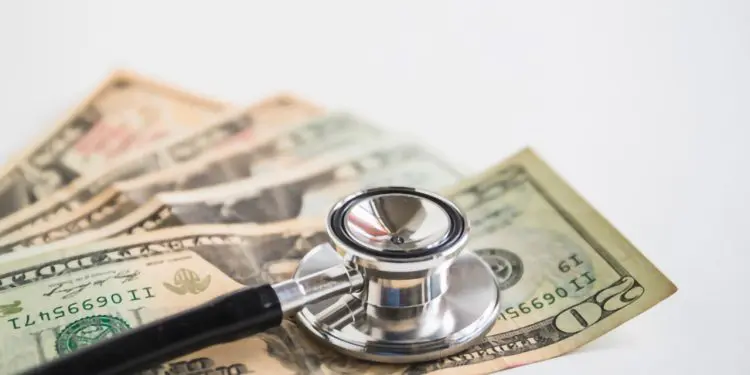
The global healthcare digital payment market is expected to reach $54.8 billion by 2030, largely fueled by the increasing preference for digital payment methods within the healthcare sector.
This analysis comes from a new report, “Global Healthcare Digital Payment Market Size, Share & Trends Analysis, 2023-2030,” by Research and Markets. It highlights a 2023 survey from Salucro, a healthcare financial technology company exclusively focused on patient payments and billing. Salucro’s study reported that 62% of healthcare consumers favored patient portals for settling medical bills.
That 62% figure remained constant between 2022 and 2023. The usage of online patient portals to pay medical bills appears to have plateaued at a fairly high level. Other payment methods saw slight increases in preference, while making a payment with a representative over the phone decreased by 4 percentage points. Meanwhile, paying by putting a check in the mail decreased from 17% to 11%, reflecting a shift towards more digital payment methods.
Oddly, in 2023, fewer respondents (57%) reported having access to their billing statements from their mobile device than they had in 2022 (67%). The percentage of respondents who were unsure about their access to billing statements increased slightly. Salucro noted that this might be an indication that healthcare organizations need to do a better job of communicating with patients about these features.
More than half of respondents reported that their healthcare provider had not updated their communication options in the last 12 months. Despite this, most respondents also reported awareness of new billing communication options, including text-to-pay, automated phone payments, and online bill pay through patient portals.
Other Healthcare Options
Other factors continue to drive healthcare payments as well. In his report, “Prepaid Healthcare Options Expanding,” Jordan Hirschfield, Director of Prepaid at Javelin Strategy & Research, explored how HSA accounts have been driving healthcare payments.
As Hirschfield explains it, popular high-deductible health plans allow the user to pay a smaller amount for their health insurance every month. These plans often offer a health savings account (HSA); with funds being deposited into the HSA before taxes are taken out. Many HSAs provide prepaid cards, making medical payments as easy as paying with a debit card.





























